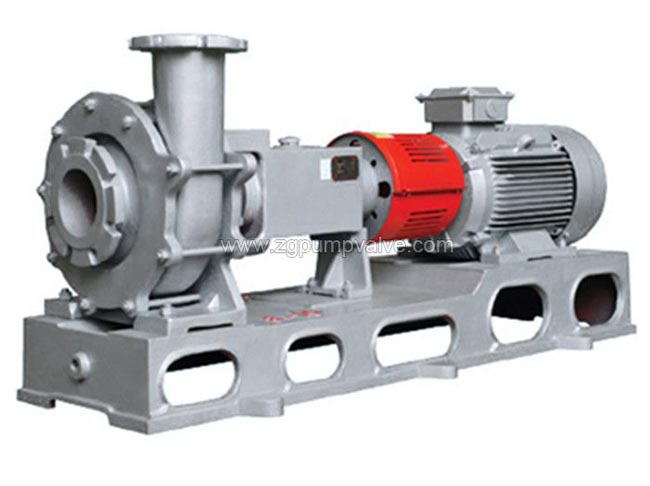Learn - Mar. 09, 2021
A variety of factors must be considered to ensure satisfactory service. Here are tips for choosing the right pump. From disposal to wastewater treatment, plants often have to handle slurries. Handling this mixture of liquids and solids can be challenging and difficult. Some of the key factors in slurry pumping are the size and nature of the solids in the liquid and the type of abrasive wear they cause. Another is the corrosiveness of the liquid or mixture.
Sites often rely on centrifugal pumps to provide slurry service. These pumps (and their associated piping systems) require special provisions requiring detailed knowledge of the nature of solids and slurries to prevent abrasion, corrosion, erosion and other adverse effects, such as solids settling. Specifying the optimum combination of speed, geometry and material requires a proper balance of often conflicting pump priorities; this requires consideration of stable operation, maximum wear life, operational flexibility and minimum energy consumption.
In this article, the slurry pump manufacturer will present practical guidelines and rules for slurry centrifugal pumps. We will also discuss key operational features, material selection and other considerations.
Horizontal centrifugal pumps are commonly used for slurry service, although vertical pumps and other types of pumps are favoured for some specific applications. Centrifugal pumps for handling slurries have features tailored to the specific application, reflecting the corrosive or abrasive nature of the slurry and the concentration of solids. These may include the choice of materials, the use of liners and even differences in drive sizes.
The first major requirement for a slurry pump is to provide adequate service life. The corrosive and erosive effects of slurry (e.g. impact on the high speed flow of a liquid/solids mixture) can be really challenging. In many applications, some of the solids in the mixture are larger than the particles normally specified. Therefore, the pump should be able to pass through them without causing any damage or operational problems.

Because of these requirements, a slurry pump is usually larger than its clear liquid counterpart. Moreover, it usually sacrifices efficiency, maximum efficiency and efficiency over the entire operating range in return for the ability to achieve good operation in these challenging services.
As wear is a function of speed, slurry pumps should have the lowest possible speed. Equipment is typically operated at 1200 rpm or slower. Often a direct coupling between the pump and a low speed motor or other drive makes the most sense. On the other hand, many other applications prefer a gearbox to meet the required speed and operating point. In services where variable flow rates are required, variable frequency drives are used to provide the necessary continuous speed variation.
Although the focus for slurry pumps is often on the size and percentage of solids to be pumped, corrosion resistance is also an important factor in material selection in many applications. In such cases, the material selected must be both corrosion and corrosion-resistant.
For slurry service, pumps operating on the left-hand side of the pump performance curve or at the best efficiency point (BEP) are usually preferred. As an indication, the rating point should lie between 85 and 100 per cent of the BEP point.
Many centrifugal pumps have performance curves based on the water being handled. Therefore, to obtain the performance characteristics of these slurry centrifugal pumps, the results must be modified for the presence of solids. A number of correlation and correction methods exist to predict centrifugal pump performance when handling slurries. These take into account factors such as particle size, size distribution, specific gravity and the individual effects of solids concentration. They typically provide a head reduction factor and efficiency reduction factor for slurries compared to clear water. However, for a given application, each pump has unique service-specific factors. You should verify these experimentally.